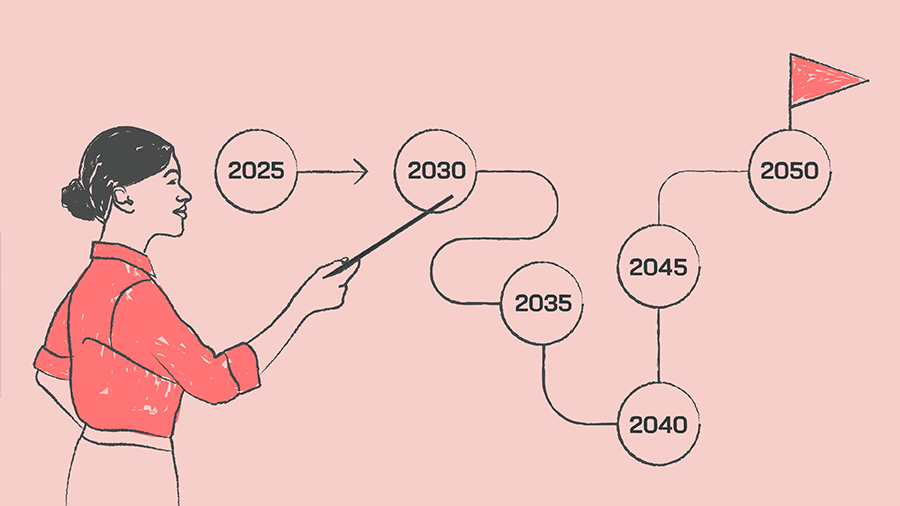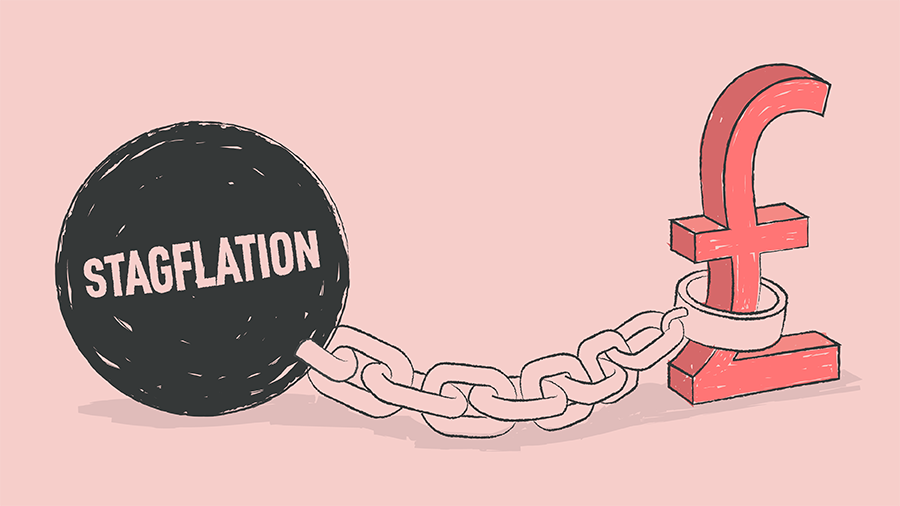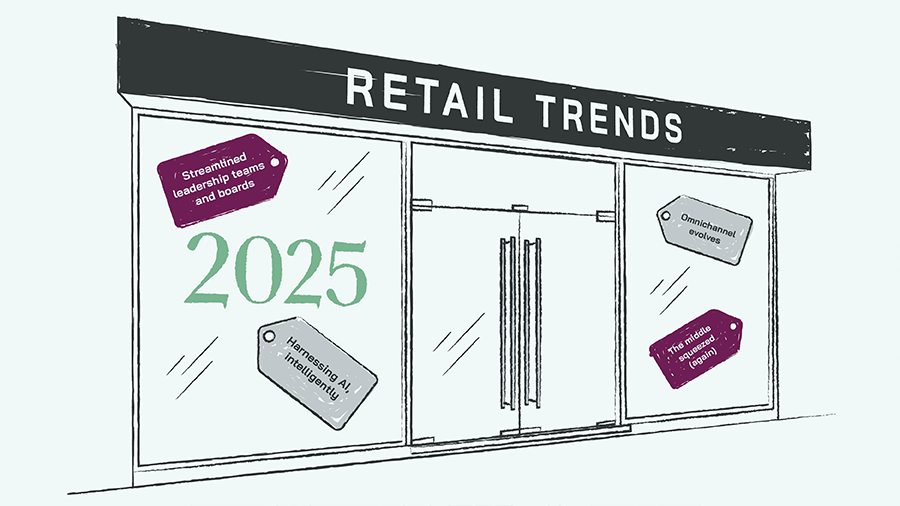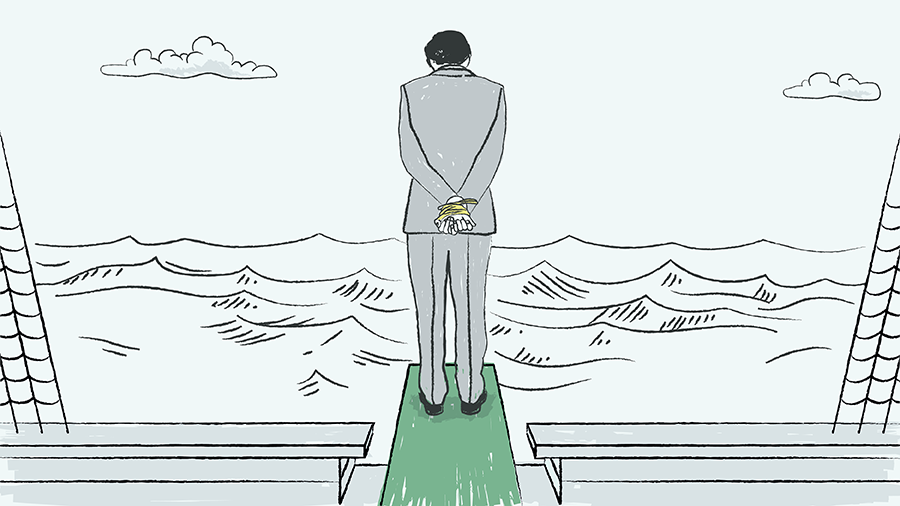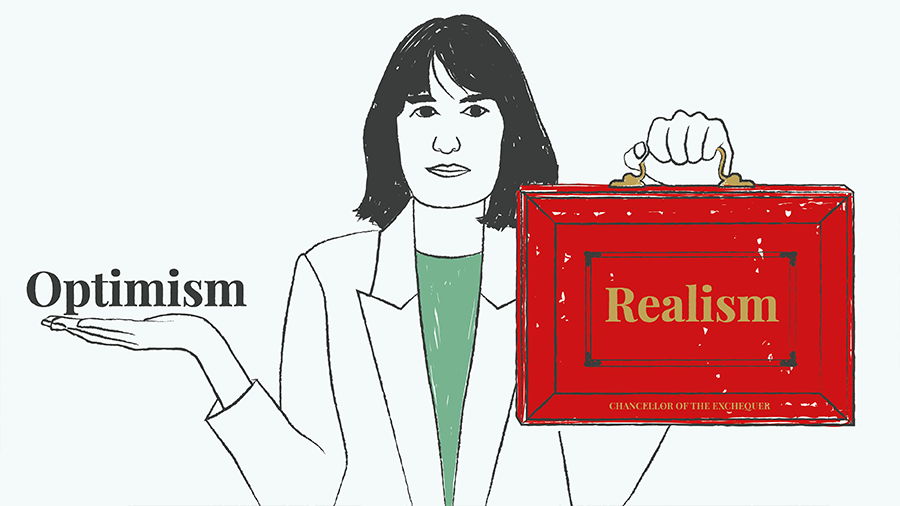Originally published Feb 2021, updated Aug 2021
Pretty much every business in the country owes Dr Herbert Ives a debt of gratitude. The American scientist, who is perhaps best noted for his work in the 1930s on special relativity, led the team at Bell Labs that pioneered the world’s first video telephony system.
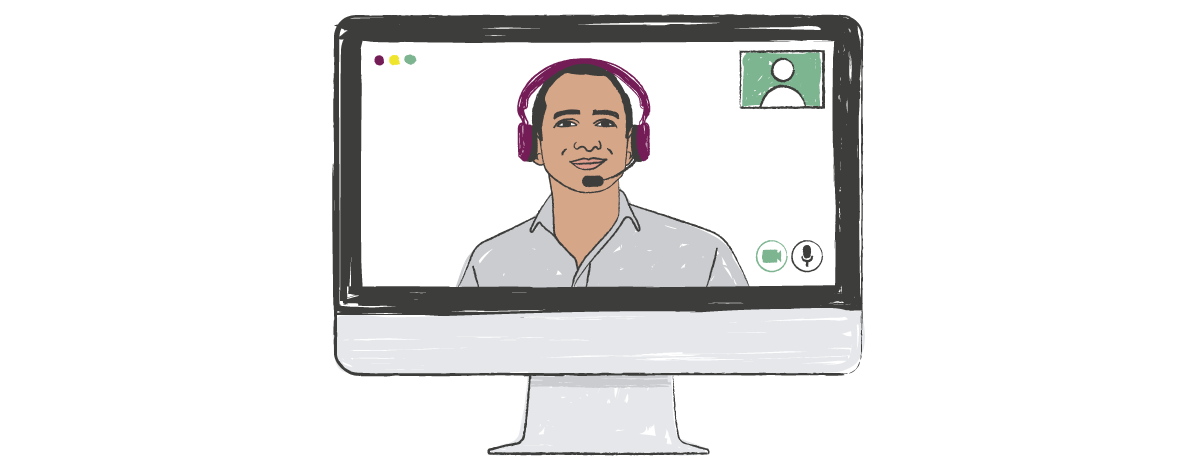
It took 80 years before the technology and infrastructure developed to a point that widespread, reliable(ish) video calling was possible, but it came just in the nick of time. Without it, we simply would not have been able to run complex organisations during the pandemic. Imagine getting through a three-month lockdown using nothing but conference calls and you’ll see what I mean.
That’s not to say the experience was fun – there’s something utterly draining about day after day of back-to-back Zoom, Teams or Meet calls – and our instinct may be to greet the return to in-office work by ceremoniously dumping video calls into the dustbin of history. But let’s not be too hasty.
Hybrid working is here to stay. That’s what all the leading indicators say – quality employees expect it, and will walk if they don’t get it; businesses have found they can run their operations at least as productively, and possibly at lower cost, with widespread home working; and the ever-more-urgent necessity of cutting carbon emissions means it feels retrograde to insist everyone makes a long, daily commute. And if we’re not all in the same place at the same time, then we will still need video calls.
The challenge is how to do them well.
Use the settings
One of the reasons video calls can be exhausting is that believe it or not, we’re easily distracted by our own faces, whether this is because we think of ourselves as exceedingly attractive, or we’re concerned about having spinach in our teeth from lunch. The camera gives a sense of performance, which inevitably induces anxiety and can be rather stressful for long periods.
A simple solution is to turn off self-view, which is possible on all major video conferencing platforms. You can also turn the camera off from time to time – it needn’t be rude, particularly when you know someone well.
Rethink meetings in general
The other obvious way to cope with the strain of calls is not to fill your day with them, particularly when they serve no clearly established purpose. For far too long, the default solution to any business problem has been to put an hour in the diary. Sometimes that’s necessary and right, but sometimes it’s a horribly unproductive use of time.
I’m a firm believer in using the appropriate technology for the desired outcome. Many meetings could be skipped and replaced with each participant sharing clear notes and documents over an instant messaging service, for example. Equally, I’m a big fan of walking while discussing ideas – whether you’re in person or on the phone (remember them?) – as the movement helps me think more effectively. The added bonus might be 10 minutes outside, which we could all benefit from.
Arrange your week
In a hybrid environment, you also need to think about when and where to use your different communication tools. In-person interaction is preferable for creative and collaborative work, team bonding, informal learning and “water-cooler” moments, those brief but often extremely valuable exchanges of information or ideas.
WFH is better suited for work that requires concentration and deep thinking, but it’s also just as useful for one-on-one conversations or small group meetings, particularly among well-oiled teams.
Try to arrange your week so each task can take place on the most appropriate channel (e.g. Monday one-to-ones at home, Tuesday management meeting in person). Be open with people about where you’ll be on which day, so that you can coordinate. Ask their opinions too – they may have different experiences and preferences from you.
It won’t always be possible to have everyone in the right place at the right time – there will be times when someone has to dial into a big in-person meeting, or you have to do some solitary “deep” work in the open plan – and it will take us a while to figure out hybrid working, the way we had in-office working figured out.
But if we use video calls wisely, and keep thinking about how our working practices can make us more or less effective, then we can see this unique moment in time as an opportunity not just to go back to the way things were before the pandemic, but to do things better.
If you’d like to gain further insight into how ORESA can help you maximise your company’s growth in 2021, speak to our team today to see how we can help with your executive hires: +44 (0) 203 675 1459 or email Orlando Martins at [email protected].



